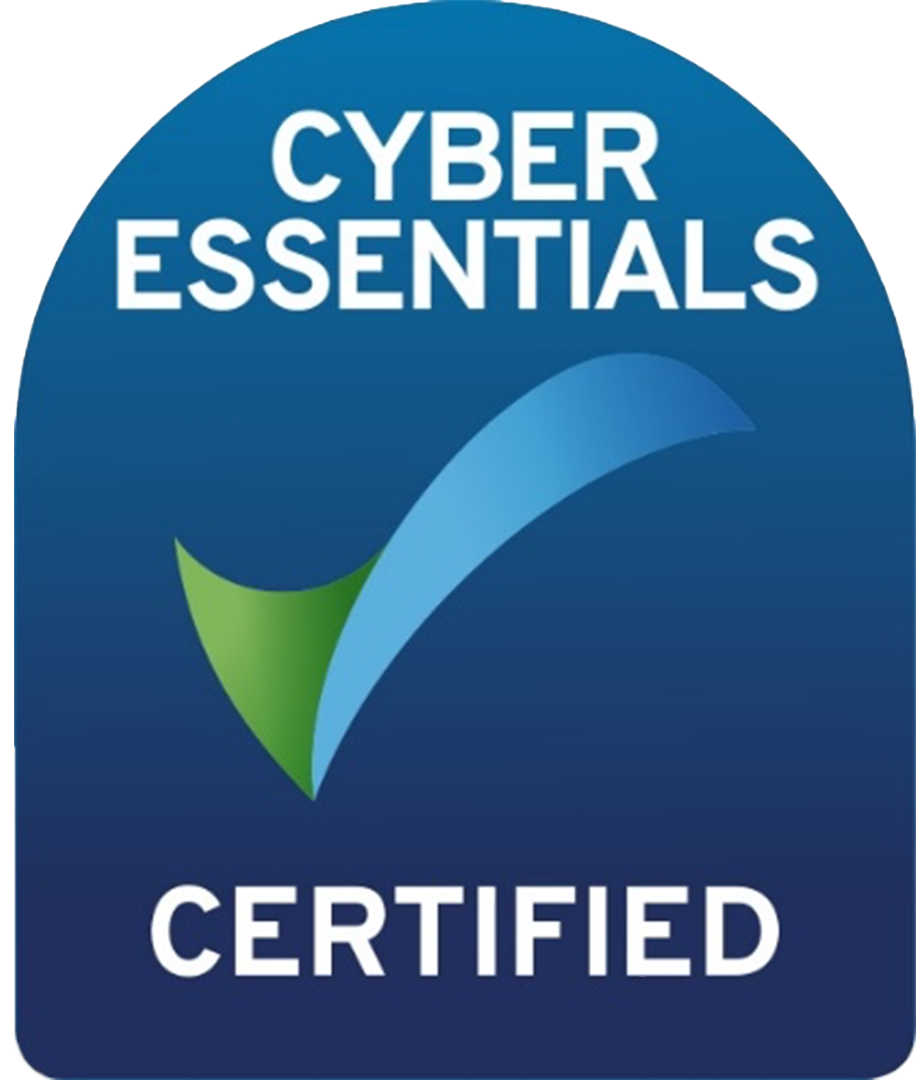Checklist for terminating an employee It’s not something any of us look forward to. At some point in your career, as a manager or business owner, you will have to terminate an employee’s employment. To offer some assistance, I have created a checklist for review beforehand:
- Have you considered the legal implications? Each jurisdiction is different, but as a rule, if the employee has been with you for more than six months, there are usually rules around unfair dismissal and the process which is essential to adopt to dismiss the employee, fairly. I would always get advice.
- Have you contacted Human Resources? If your company is big enough to have a human resources department, don’t go it alone. Make sure you use the resources that are available to you, but don’t expect HR to do the heavy lifting. Take their advice, they won’t terminate your employee for you.
- Don’t delay! A swift decision will be received by the staff who are left and the person being terminated a lot better. Failure to deal with poor performance, is seen by good performers as a lack of leadership.
- Have you thought about the time of day you will have the meeting? Although there is little consensus on this, I would suggest that late afternoon is best. In my experience, terminating someone in the morning is more about getting things off your own chest, than considering the wellbeing of the employee, or those left in the office.
- Make sure you have all of the facts documented and if you are nervous, you may want to consider writing down what you want to say first, like a script.
- Plan ahead. Think about IT and security. What building or IT access needs to be cancelled, access passes or company property that needs to be collected. Consider any non-compete contractual arrangements as well. It is good to remind the terminated employee of any obligations.
- Keep it short. Make sure when you have the meeting, that it is private and the language you use is clear concise and to the point. Do not “beat around the bush”. Tell the employee what will be happening and why. A good tip is to also talk about their employment in the past tense.
- Don’t apologise. It’s only human to feel sorry for someone in this situation, but an apology is not appropriate in situations of employee poor performance. Showing compassion is appropriate and a good way to do this is to offer a reference, if you believe that the employee’s talents could be effectively used elsewhere.
- Resignation is better than dismissal. When you consider the content of your conversation, you may want to ask how the employee is feeling and offer your observations on how they appear to be feeling about the role. Providing an opportunity for an employee to save face and resign is best practice. If you have been managing the employee appropriately, the termination will not be a total surprise.
- Communicate with the team after the event. Have some time with the team as a whole and provide an opportunity to discuss the impact with individual team members. Don’t go onto detail, respect the privacy of the terminated employee.
Good luck. This is not easy, but it is a normal part of business.
Share this article
Useful links
Search for jobs today
Temp Jobs in United Kingdom
Perm Jobs in United Kingdom
Got a vacancy?
What's happening in the market?
Get your copy of the 2024 United Kingdom Employment and Salary Trends Report
How do I prepare for my job interview?
Get in touch
Find out more by contacting one of our specialisat recruitment consultants across Australia, New Zealand, and the United Kingdom.
Recent insights



UK's 2024 Employment and Salary Trends Report
Salary trends, talent attraction and retention strategies
Copyright © 2024, people2people
people2people partners with
CarbonInvoice to measure and mitigate any carbon emissions associated with the work we do.
Specialisations
Locations
Resources




